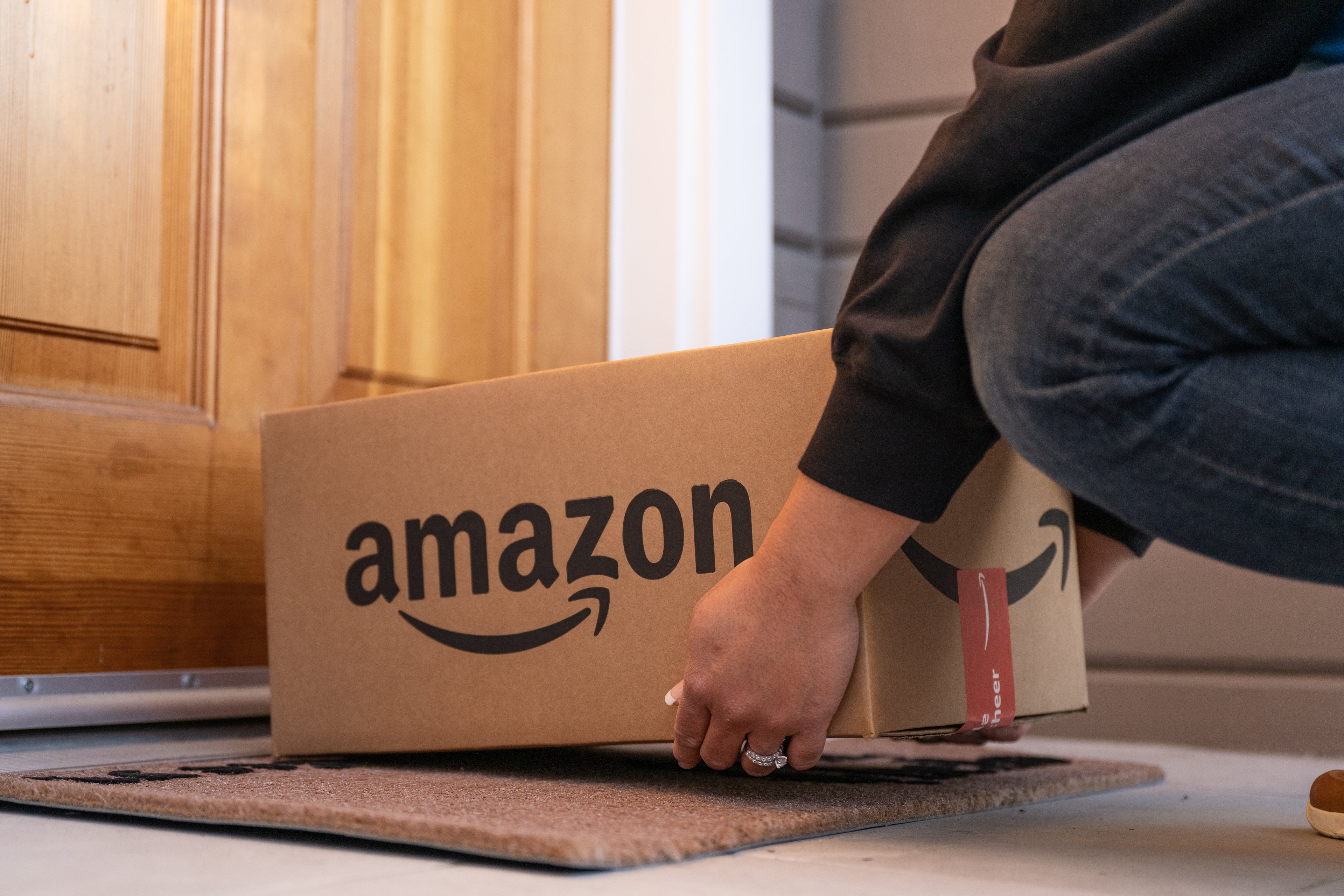Amazon.com (AMZN +3.38%) is pushing its business closer and closer to the customer. Its acquisition of Whole Foods (WFM +0.00%) had analysts' and investors' imaginations running wild with possible options for the new real estate near affluent customers.
In light of this new disruption, and the reaction from stocks such as Target (TGT +2.15%) and Wal-Mart (WMT +1.45%), it's worth exploring how other companies are being forced to innovate their business models -- and how they'll have to continue to do so.

Image source: Getty Images.
Online retail is finally a focus
It took a while, but brick-and-mortar retailers are finally starting to take online sales seriously. Wal-Mart's online sales were up 63% in the first quarter, helped by the acquisition of Jet.com, and Target's online sales rose 21.5% in the quarter. Both companies are taking online sales more seriously, and Target CEO Brian Cornell said recently that brick-and-mortar locations are now fulfilling 55% of all online orders.
It isn't as if retailers didn't see the threat of online sales, or Amazon, coming. They just didn't know how to react and build systems that would blend brick-and-mortar with online fulfillment. With Amazon buying Whole Foods and moving into retail, they may not have a choice.
Why can't retailers do their own shipping?
What may make or break companies such as Target and Wal-Mart in the long term is whether they view their stores as an end point or a hub in their business model. Retail stores have long been the end point of their logistics, and it was the customer's responsibility to buy items and get them home. But that may not make sense in the future.
Amazon has started relying more and more on drivers who are contracted to deliver items from its own warehouses to customers' homes. Wal-Mart is trialing something similar by asking employees at three store locations to deliver online orders to customers on their way home. This seems to be a good start. For Wal-Mart and Target, with more retail locations, it would make sense for them, and not Amazon, to deliver everyday items such as toilet paper, diapers, or even groceries. They just need to build out the network of drivers to deliver products from the store to the home. Of course, that may be easier said than done.
Rethink retail altogether
Another thing Target and Wal-Mart could do is make it easier for product companies to build businesses on top of their brick-and-mortar infrastructure. Target has started thinking this way, with partnerships with Harry's and Bevel (for shaving products), and Casper Mattress. And management said it's going to build over a dozen exclusive brands.
Why couldn't this model be extended to businesses willing to build on top of big-box retailers? Why couldn't Blue Apron fulfill its orders from the local Target store and deliver it the same day the box is packed? Why can't Helix Sleep rent some space on a Walmart floor to showroom its product, fulfilling orders online? Or why not have Graco show off its baby car seats in-store and push orders for custom colors or patterns online, negating the need to build inventory in every store?
The massive footprints Target and Wal-Mart have already built could be used as massive advantages in retail if the future retail model is built around them. But I'm not sure either company will be nimble enough to make the strategy shift in time to outdo Amazon.
Retailers can't get out of their own way
What's amazing to watch is that Amazon's strategy is being executed in plain daylight. The distribution centers are clearly visible, and the package delivery drivers are driving the streets every day. And the acquisition of Whole Foods opens up new nodes of distribution and a quick move into groceries, where Target and Wal-Mart have spent decades expanding their business.
Retailers have to push their own innovation into overdrive or continue to get run over by Amazon. They have the assets to thrive but may not have the vision, and that's the biggest challenge investing in a recovery for brick-and-mortar retailers today.








